
Culture
10:14, 10-Oct-2017
Ask China: A Day with Archaeologist
CGTN
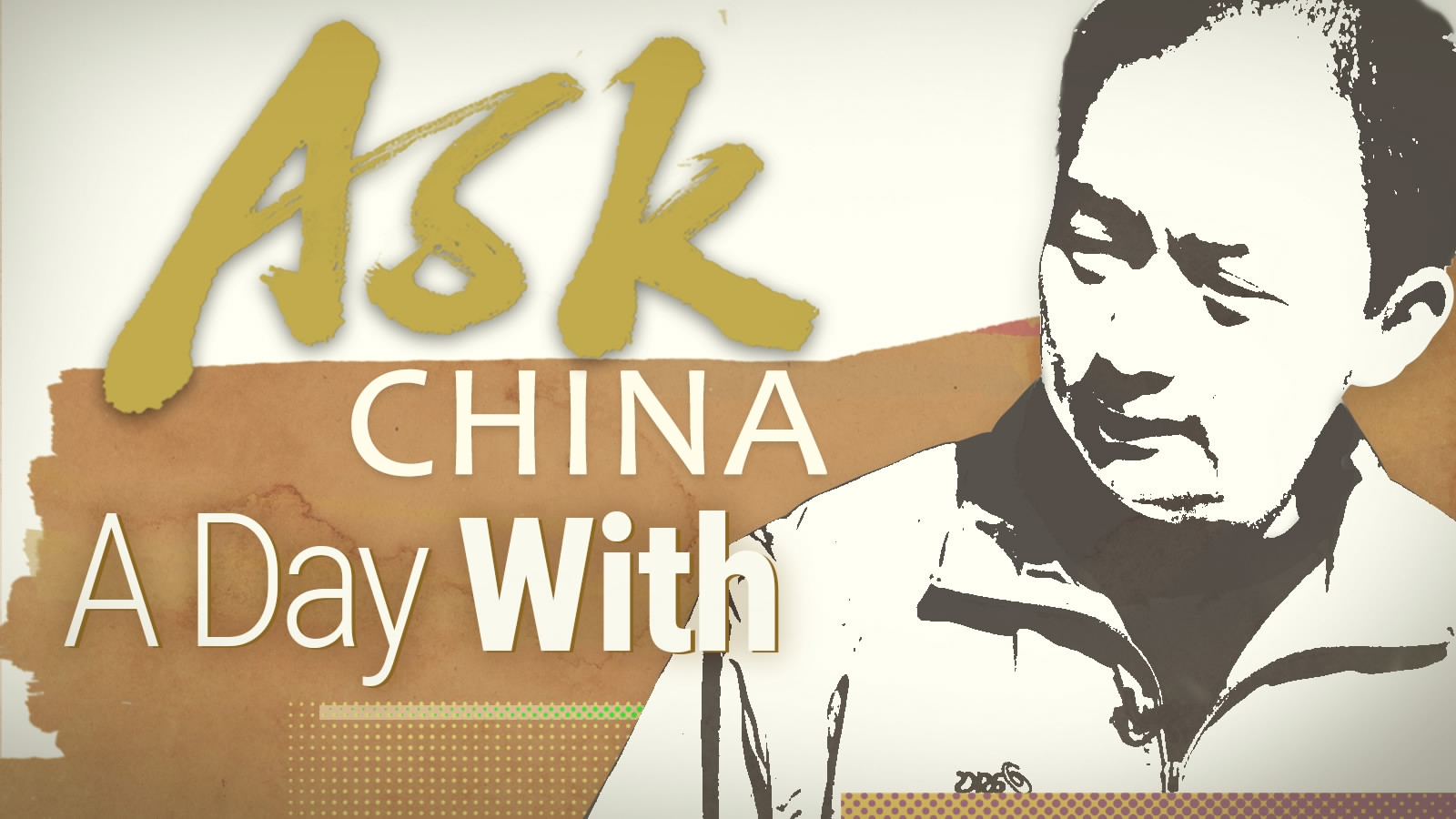
The fate of Tongzhou, a satellite district east of Beijing, was changed dramatically five years ago, when the municipal government announced plans to turn it into the Chinese capital’s “sub-center” accommodating tens of thousands of city administrators.
The designation immediately started bringing in money and constructors. Cranes dot a vast swathe of land cleared out in the district of 1.4 million, with property developers at the doorstep drooling over every inch ploughed.
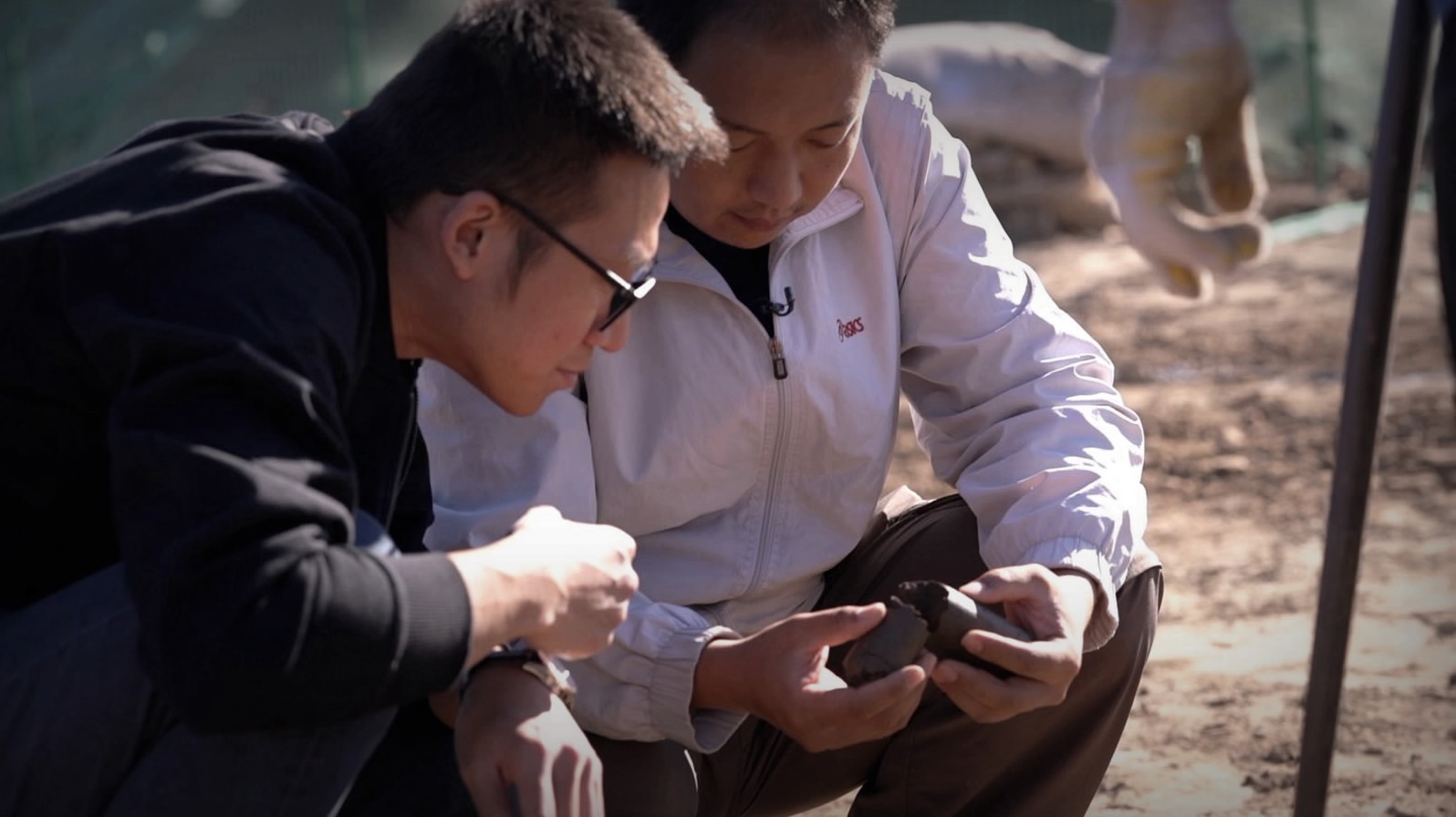
CGTN Photo
CGTN Photo
But that’s not what Sun Meng is in Tongzhou for. His interest lies below ground.
Sun talks slowly in a manner of streaming words rather than full sentences and regularly breaks the flow with pauses for thinking. The speaking style attests to his patience. And patience is crucial in his line of work: Combing through the thick dust of history to find and protect the “cultural relics that tell the story of where we come from," in his words.
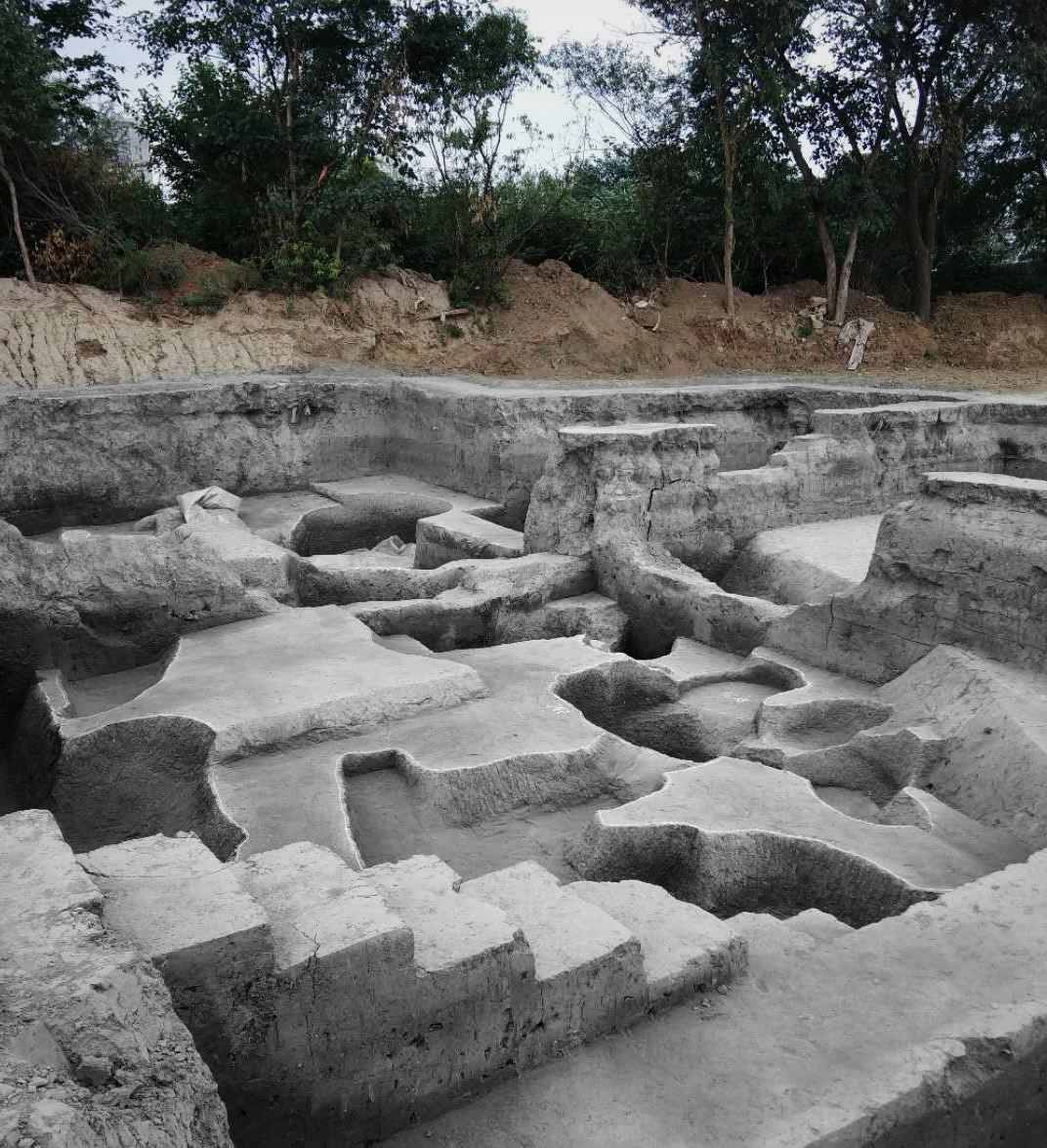
CGTN Photo
CGTN Photo
In 2016, Sun led a pre-construction probe that confirmed the existence of a town dating back to China’s Han dynasty (206 BC-220 AD) buried beneath the site of the modern political center.
The discovery, which made it onto an official list of the 10 most important archaeological finds in China last year, made the patient archaeologist realize that he had to act fast as the upgrade of Tongzhou presses ahead, not only to save the city underground, but also to help the one above to move forwards.
The buried city: As many questions dug out as answers
Based on ancient archives, historians had long believed that a Han city existed somewhere within the Tongzhou town of Lucheng. But solid clues were scarce. Centuries of human activity had wiped the traces of the second unified empire in Chinese history off the ground, until the construction of the sub-center kicked off.
It was the discovery of hundreds of ancient tombs, mostly bearing hallmarks of Han style, during the pre-construction exploration that first gave away the mystical city’s location, recalled forty-something Sun, who has been working in field excavation for 15 years with the Beijing Institute of Culture Relics (BICR).
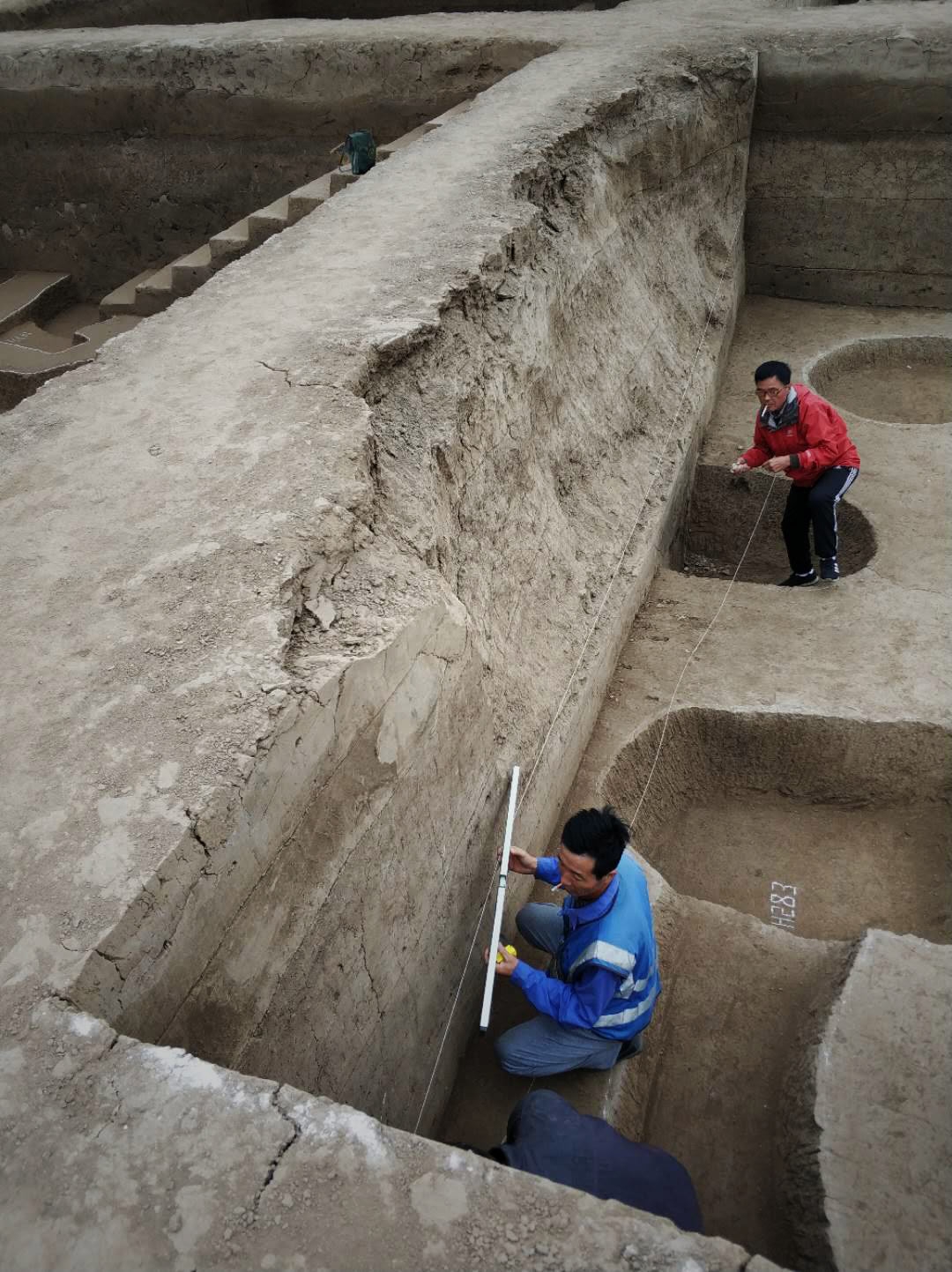
CGTN Photo
CGTN Photo
Groups of graves in the area appeared on a map to form a circle, suggesting that what lay inside the perimeter could be the town historians were seeking.
Sun’s team proved the theory. Sections of the ancient town’s walls, each stretching 500-600 meters, were the first things to be unearthed, followed by numerous discoveries ranging from house ruins and wells to small items such as bronze mirrors and pieces of pottery.
With the relics, Sun hoped that they could piece together a picture of what life was like thousands years ago in the area of today’s Beijing.
What makes the relics even more valuable academically is the finds that date back to later dynasties.
“Together they can demonstrate the continuous formation of Chinese culture during the course of thousands of years,” Sun explained.
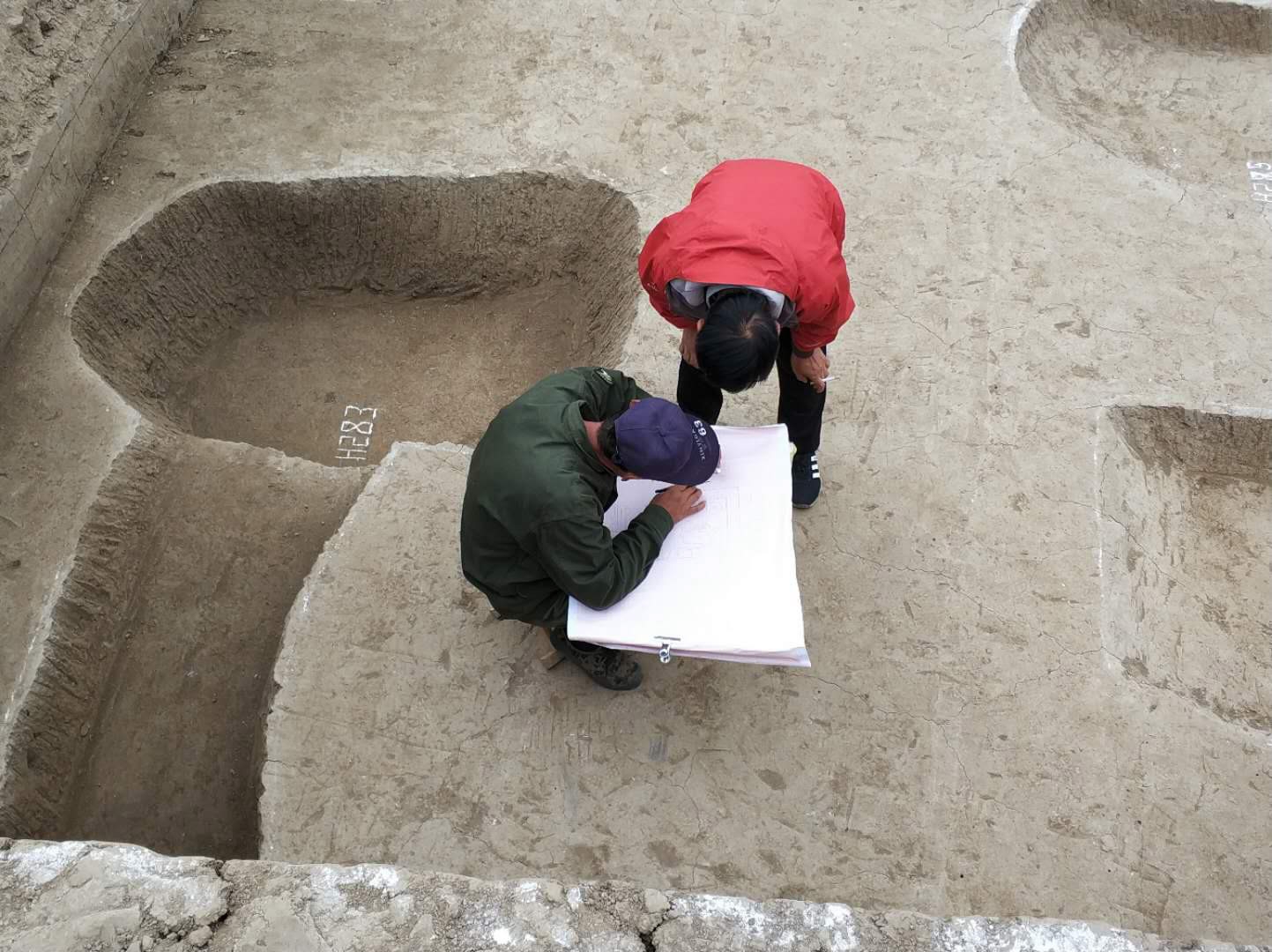
CGTN Photo
CGTN Photo
But the absence of written records from the period means that some questions emerging with the findings could stay mysteries forever.
“What we discovered here are the traces of ordinary human life,” Sun said. “You don't keep a daily diary of every detail of your life, do you?”
The city above versus the city below
It could take up to 20 years for researchers to form a full picture of the ancient town’s inner structure, Sun estimated. But at the moment, time is not on his side.
The site he is working on is only part of a bigger Han town that somehow disappeared from above the earth. The problem is that it now sits on the path of a future railway.

CGTN Photo
CGTN Photo
The government suspended construction of the line last year for Sun’s team to conduct excavation, but will resume it by the end of 2017. This has become Sun’s deadline before he can move onto exploring the rest of the ruins that remain under the earth of the new sub-center.
Removing relics is a delicate and therefore time-consuming task. Items sitting underground for thousands of years are very fragile once exposed to open air, Sun warned. However, the state of discovery is no less important than the find itself. All details must be recorded meticulously before the piece is removed. Ideally, Sun and his fellow researchers would hope for years to finish a project.
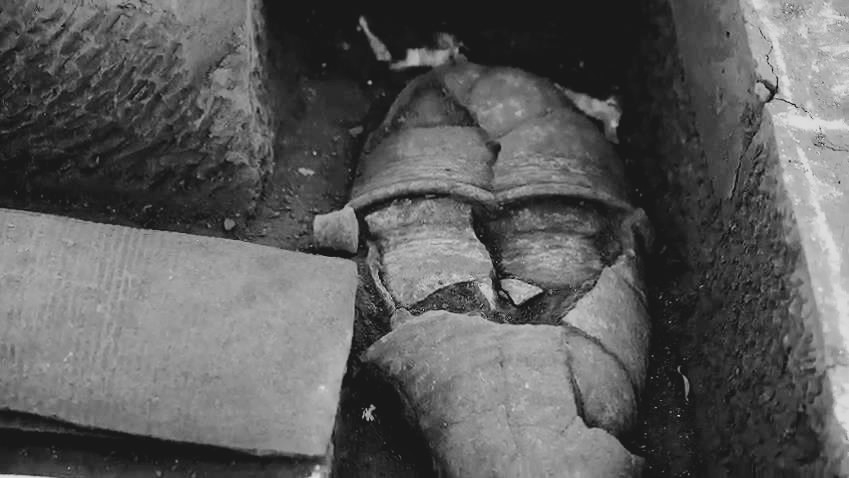
CGTN Photo
CGTN Photo
Every day from sunrise to sundown, Sun can usually be found inspecting one excavation pitch after another and coordinating workers to make sure nothing valuable is missed. Trying to get everything done on schedule, Sun has moved into a rented house in a nearby village with his team and goes home to central Beijing only when he has work to do in the city.
“If only we had a bit more time,” Sun often mutters to himself.
The reward for his hard work came in January 2017 when the Beijing government announced a plan to fence off an area in the sub-center for the preservation of the relics.
The best of all time, the worst of all time
Born and raised in Beijing, and later receiving his first degree and getting married there, Sun loves the city.
In an article about the Han findings written for architectural authorities, Sun described the excavation as “seeking the root and spirit of Beijing”.
For a passionate archaeologist working in the capital, the social atmosphere there has never been so favourable, as awareness about cultural preservation has grown considerably over the past decade among government officials and the public alike. This is partially attributable to the Beijing Olympics in 2008, when thorough pre-construction excavations at the sites used for the Games’ venues yielded numerous important finds like ancient graves.
In 2013, after years of urging from the archaeological community, Beijing legislators finally passed a law that demands archaeological research precedes all construction to minimize damage to any underground relics.
More recently, Beijing has made it a priority in its newly announced 20-year development plan to protect the cultural legacies of the 3,000-year-old city.
On the other hand, calls for rapid urbanization to lift more people out of poverty are equally strong and could trump those for cultural protection.
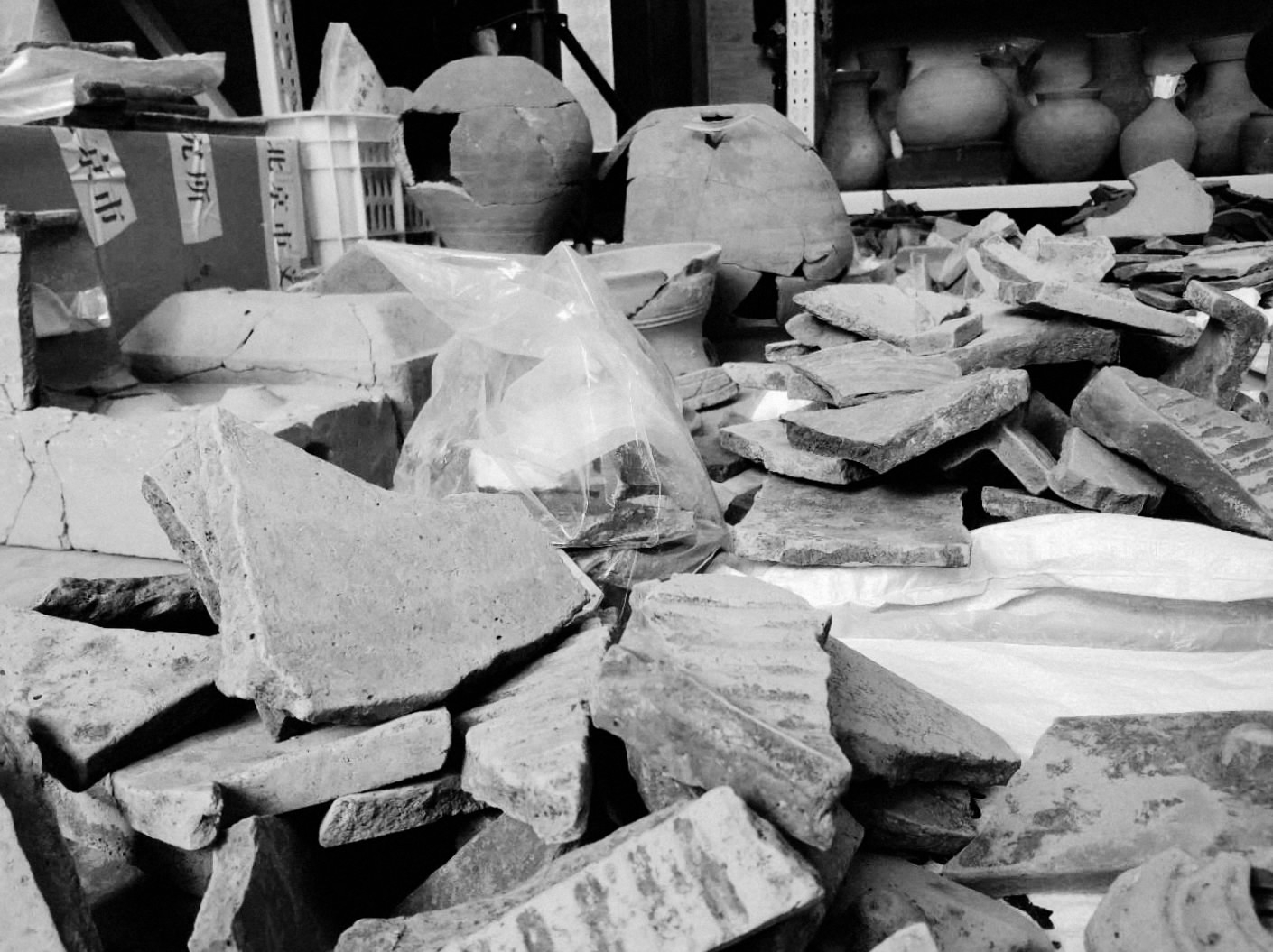
CGTN Photo
CGTN Photo
Few other provinces in China have put in place the level of regulation Beijing has on protecting underground relics, according to Song Dachuan, head of the BICR.
To balance preserving the long gone past and advancing toward a better future has become the duty of Sun and his colleagues.
It is not an easy task, particularly when the needs of the living are so obvious in a developing country. This is the reality that Sun finds “frustrating” but is learning to come to terms with.
“The old relics are like our childhood memory and no one can remember everything growing up,” he told CGTN.
“As we move forwards into the future we must try our best to preserve whatever we can, but sometimes we just have to let go of those things we can’t.”

SITEMAP
Copyright © 2018 CGTN. Beijing ICP prepared NO.16065310-3
Copyright © 2018 CGTN. Beijing ICP prepared NO.16065310-3